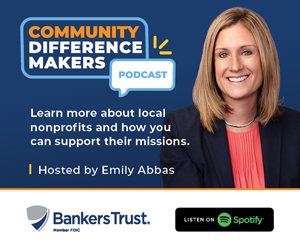Small businesses expect strong hiring activity in 2019

BUSINESS RECORD STAFF Mar 11, 2019 | 6:18 pm
2 min read time
410 wordsAll Latest News, Education, Retail and BusinessMore than half of U.S. small businesses plan to hire in 2019, primarily for sales and marketing positions, according to a recent national survey conducted by Clutch, a customer data and marketing platform. Overall, Clutch’s data indicate strong hiring activity this year for small businesses. Companies should plan their 2019 recruitment strategy by keeping elements such as culture fit and the needs of different generations in mind.
According to results from the State of Small Business Hiring and Recruitment in 2019 survey of 529 small business owners and managers:
– Small businesses say they are most likely to hire for sales and marketing positions (39 percent), followed by customer service (36 percent) and information technology (32 percent).
– Nearly one-quarter of small businesses (23 percent) expect to hire one to three new employees in 2019, and 14 percent will hire 20 or more.
– More than half of small businesses expect to hire for entry-level (56 percent) and midlevel (52 percent) roles. One-fifth of the survey’s respondents (20 percent) are “unsure” about their 2019 hiring plans, but it’s likely many of these small businesses will end up adding employees.
As of October 2018, there were approximately 1 million more job openings than unemployed people. Consequently, job seekers have more options, and small businesses looking to recruit the top candidates must present themselves as an attractive choice over other companies.
Younger workers expect different types of benefits from their employers, according to Brian Weed, CEO of Avenica, a recruiting firm focused on placing recent college graduates in entry-level careers. Recent college graduates tend to be more focused on work-life balance.
“It used to be that salary and health benefits and some of the more financial-type things were more important,” Weed said. “Now, the emphasis has started to shift to the mix of paid time off versus work days. That’s gotten more generous because balance is an important thing for these younger generations of workers.”
To stay competitive with larger companies, small businesses should think creatively about the benefits they offer by considering what perks candidates want the most. For example, small businesses should consider nontraditional ways to give employees time off to appeal to younger workers.
“Manage toward having more paid time off versus the traditional framework of starting with two weeks and after 10 years of working there, you might have four weeks,” Weed said. “A lot of companies are starting with much more generous PTO policies these days.”










